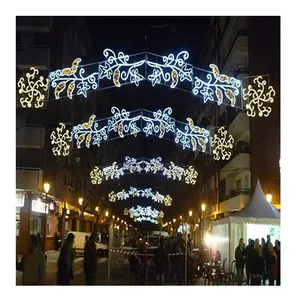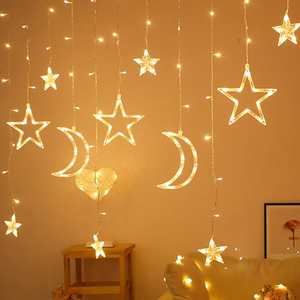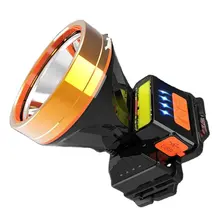Diwali lights are decorative lights used during the Hindu festival of Diwali, also known as the Festival of Lights. They are often decorated with colorful designs and patterns and are placed in windows, doorways, and around the home. Diwali lights come in various styles, shapes, and sizes and can be used indoors or outdoors. Some common Diwali lights include string lights, fairy lights, lanterns, and table lamps. They may be powered by electricity, batteries, or solar energy and can be controlled by a switch, remote control, or timer.
Uses of Diwali lights
Diwali lights are used to enhance the celebration of Diwali. These lights are versatile and can decorate trees, homes, and public spaces, adding a touch of color and brightness. They are often used to decorate tables, walls, and ceilings, creating a warm ambiance. The soft and diffused light that these lights provide highlights architectural features and adds to the home's overall beauty.
Outdoor Diwali lights can light up spaces such as patios, gardens, and pathways to create a warm and inviting atmosphere. These lights highlight landscaping features, provide safety lighting, or add to the aesthetic appeal of the outdoor space. Outdoor decorative lights are often used in commercial displays, such as store windows and restaurant patios. They help to attract customers by creating a welcoming atmosphere and highlighting products.
Components of Diwali Lights
Diwali lights decoration light sources can be either bulbs or LEDs. Bulbs emit light and can be either incandescent or LED. Additionally, they can emit warm or cool light. Cables that connect the bulbs or LEDs to the power source are called wires or cords. They come coated with insulation to protect against damage and electrical shock. The wires' thickness depends on the type of light and the amount of power needed.
Plugs are what connect the wires to the power source. In some cases, decorative lights come with controllers that allow for adjustments to the brightness, color, or pattern of the lights. These controllers may be built into the light strand or be a separate component that can be plugged in.
Shades or covers are decorative elements surrounding the bulbs, enhancing the lights' visual appeal. They can either be clear, colored, or patterned and may diffuse the light or direct it in a specific direction. Finally, mounting hardware allows the lights to be attached to a surface or hung from a ceiling or tree. Such hardware can include hooks, clips, brackets, or stakes.



































 浙公网安备 33010002000092号
浙公网安备 33010002000092号 浙B2-20120091-4
浙B2-20120091-4